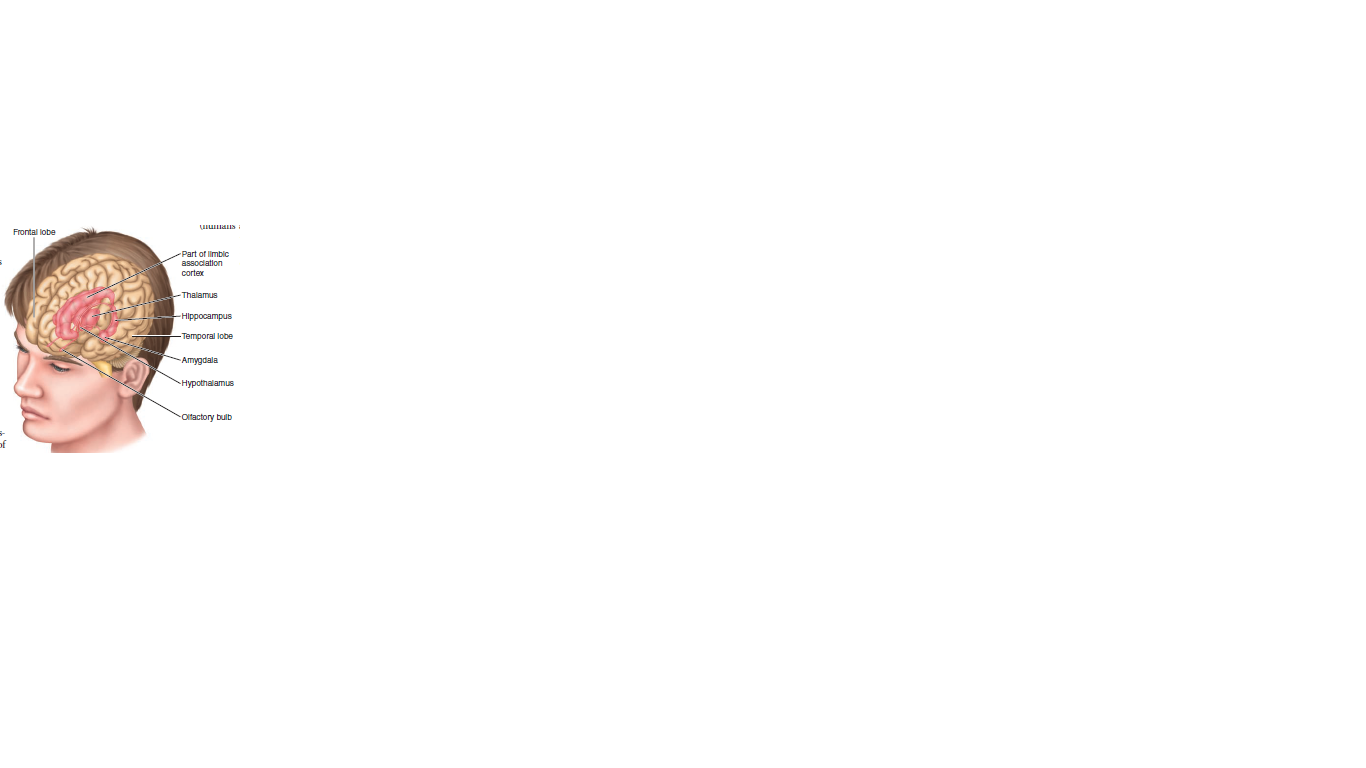
Behavioral and Motivational Mechanisms of the Brain—The Limbic System and the Hypothalamus
Control of behavior is a function of the entire nervous system. Even the wakefulness and sleep cycle is one of our most important behavioral patterns, here we will deal first with the mechanisms that control activity levels in different parts of the brain. Then we will discuss the causes of motivational drives, especially motivational control of the learning process and feelings of pleasure and punishment. These functions of the nervous system are performed mainly by the basal regions of the brain, which together are loosely called the limbic system, meaning the “border” system.The limbic system is not a separate structure but a functional system consisting of a ring of forebrain structures that surround the brain stem and are interconnected by intricate neuron pathways. It includes portions of each of the following: the lobes of the cerebral cortex (especially the limbic association cortex), the basal nuclei, the thalamus, and the hypothalamus. This complex interacting network is associated with emotions, basic behavioral patterns, motivation, learning, and memory.
The hypothalamus is a collection of specific nuclei and associated fibers that lie beneath the thalamus. It is an integrating center for many important homeostatic functions and is an important link between the autonomic nervous system and the endocrine system.The hypothalamus is the brain area most involved in directly regulating the internal environment. It functions with the cortex exclusively in controlling emotions and motivated behavior.
At the end of this lesson, students will be able to;
- Explain the components and functions of limbic system
- Discuss the functions of hypothalamus
- Discuss the functions of Thalamus
- Neurotransmitters in Pathways for Emotions and Behaviours
- Psychiatric disorders


